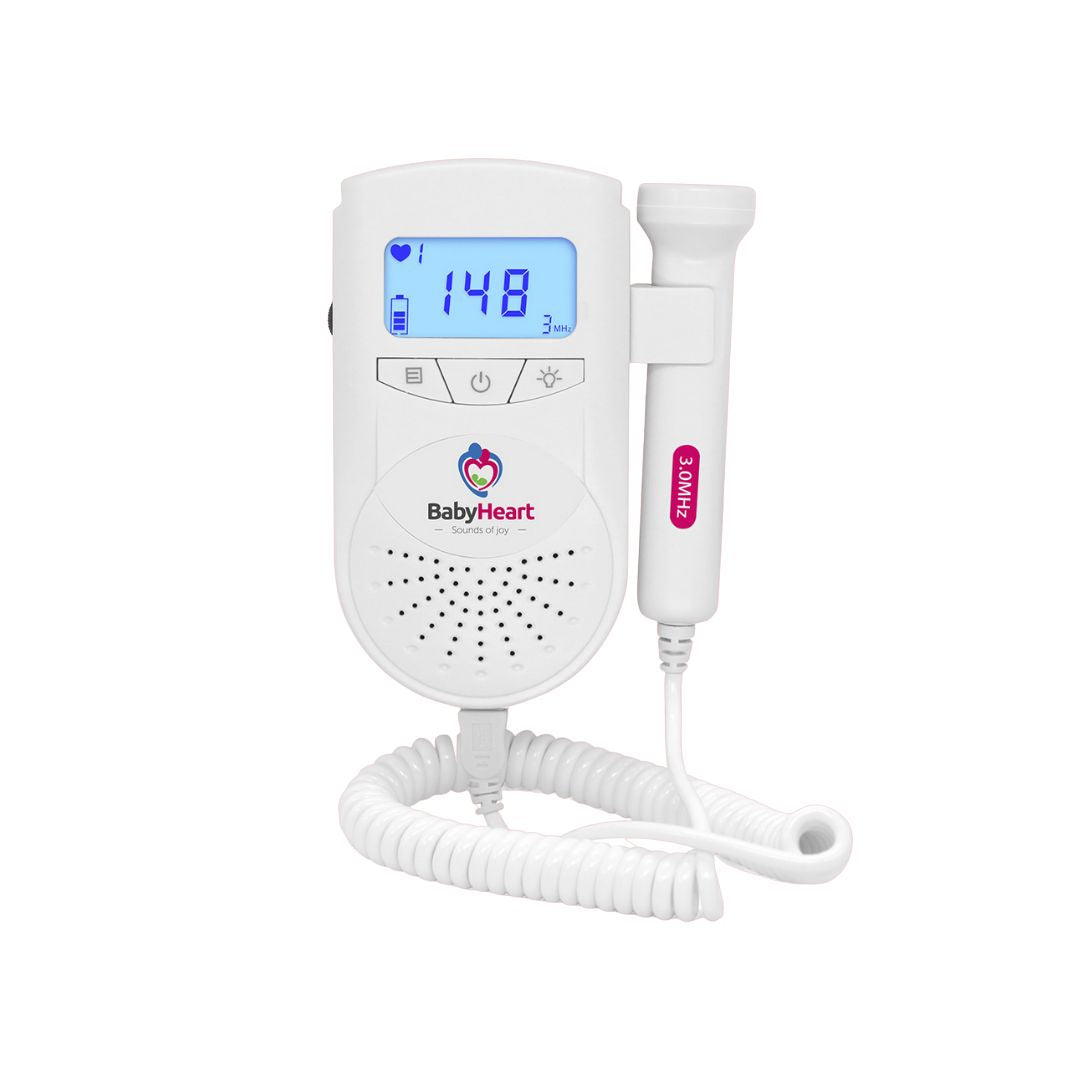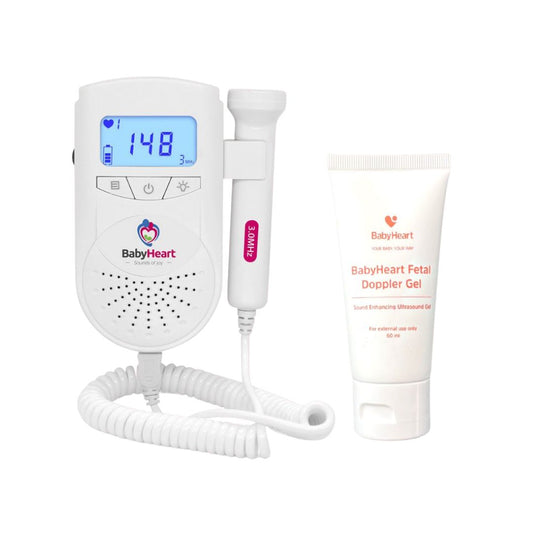
Many mothers stop breastfeeding earlier than they would like to.
Why?
One of the biggest reasons is because they feel like they can’t produce enough milk for their baby - however, this doesn’t have to be the case.
Whether you suspect that you produce less milk than average or whether you would simply like to increase your milk supply, there are a number of strategies that you can employ to increase milk supply and stimulate your body’s natural production of breastmilk.
How does breastfeeding work
The production of breastmilk is stimulated when your baby sucks at the breast, by stimulating nerves in the nipple, which causes the release of hormones into your bloodstream - primarily the hormones prolactin and oxytocin. Prolactin activates the milk-making tissues and oxytocin causes the breast to push out the milk.
During pregnancy, your breasts are changing and getting ready to make milk for your baby, preparing for lactation. The first milk that appears in the breasts a few days after birth (and even sometimes right before the birth) is called colostrum.
Colostrum is different from usual breastmilk in that it’s a thick, yellowish milk and it’s more concentrated than regular breastmilk. It’s rich in protein and antibodies to protect your baby from illnesses, so it’s particularly important in those vital early stages of life for nourishing your baby.
In the first few days of life, your baby needs very little food, and the amount of colostrum in your breasts will be enough to sustain their needs.
As the baby matures, so too does the breast milk change. Mature breast milk becomes thin and blueish-white, gradually replaces colostrum.
Why you should use a double electric breast pump
Breast pumps have come a long way! From manual to electric, and now from single to double - this means that you can pump both breasts at once, saving you time and stimulating greater production of milk.
When both breasts are pumped at once, the milk produced is of higher quality according to research - the rich, fatty energy cells increase and produce a higher energy content milk, ideal for growing babies.
Not to mention the fact that double pumping can cut down a pumping session from 30-40 minutes (having to pump both breasts individually) to 15-20 minutes - and in today’s busy world where new mums have more on their plates than ever before, those extra invaluable minutes can make a world of difference!
Our Double Electric Breast Pump is whisper quiet, comfortable and with a range of customisable settings, it’s a must-have accessory for every new mum.
5 Tips on How To Increase Milk Supply When Pumping
1. Be patient with your milk flow
When it comes to breastfeeding, demand = supply!
Your body is very clever, and breast milk is produced on a demand and supply basis. The more the demand for milk is there (a.k.a. the more stimulation there is), the more milk your body will produce. This means that you should express your milk as often as possible to increase your milk supply.
How often and how much milk is removed from the breast will determine how much milk you produce, so make sure that you’re pumping for long enough to get substantial milk.
Pumping can be frustrating if you feel that it’s taking too long or that you’re not getting enough out, so many new mums find themselves quitting a pumping session prematurely out of frustration - but don’t give up!
Be patient with yourself - for many new mums, they find it can take up to a couple of minutes after switching on the breast pump for the milk to start flowing.
Don’t give up and keep at it because the more you successfully pump, the more milk your body will produce.
2. Nurse, then pump
Another way to boost your supply is to breastfeed, then pump. Sometimes it’s easier to get the milk flowing with your little one and many new mums report that their breasts often don’t feel quite empty after breastfeeding - so why not take advantage and use this time to pump right after your baby has finished nursing!
3. Pump more frequently
According to research, the number one way to increase your milk supply when using a breast pump is to increase how frequently you pump.
‘Cluster pumping’ is a technique of pumping every five minutes, with the theory being that giving the breasts repeated stimulation will cause you to produce more milk - this is because when your breasts are full, your body receives the signal to stop making milk. Empty breasts will trigger milk production, so cluster pumping will keep your breasts on an ‘empty cycle,’ signalling your body to keep producing milk.
Of course, the downside of cluster pumping is that it may not be practical for every scenario, for instance in the workplace, and it can be cumbersome and time consuming having to cluster pump one breast at a time.
This is where having a double electric breast pump is hugely advantageous, as you can simultaneously pump both breasts.
4. Try ‘power pumping’
If you’ve tried cluster pumping, you may also like to try power pumping. ‘Power pumping’ is a growing trend amongst new mums who use a double electric breast pump and is intended to replicate what babies do when they are cluster feeding, which is when the baby is on and off the breast often, to signal your body to produce more milk.
To power pump, find a time in the day where you’ll be uninterrupted - you’ll need an hour.
Within that hour, use the pumping pattern as below:
- Pump for 20 minutes, rest for 10 minutes.
- Pump again for 10 minutes, rest for 10 minutes.
- Finally pump again for 10 minutes.
Then, throughout the rest of the day, pump for the normal length of time when you would normally pump.
5. Stick to a rhythm
Milk supply is regulated by hormones and your circadian rhythm, which means that most women have the greatest volume of milk in the morning. This makes first thing in the morning an ideal time to pump, before your baby wakes up, or shortly after nursing.
Keep in mind that the morning is a general guide and you can pump at any time of day - over time, your body will regulate to supply more milk during the times that you pump.
For best results, try to pump at similar times each day to get your body into the rhythm of when it is expected to produce more milk.

Bonus Tip: Stay hydrated
Remember that all the nutrients that you consume are passed through your breastmilk and to your baby - so it’s crucial to keep yourself properly nourished and hydrated.
This includes consuming enough calories and drinking plenty of water. Being properly nourished and hydrated will also help you to maintain a healthy milk supply.
Research indicates that breastfeeding women - to produce enough milk - need to drink up to 13 cups of water a day, which is almost double the normal recommended amount.
Bottoms up!
Finding support
There can be a lot of pressure on new mums and breastfeeding is often a time filled with expectations - please be gentle on yourself and don’t cause yourself unnecessary stress by fretting. If you’re concerned about your milk supply, having trouble nursing/pumping or simply want to know if your experience is ‘normal’, always reach out to your GP or healthcare consultant.
Motherhood is an amazing time and having a supportive community around you - including the appropriate healthcare practitioners - is crucial to helping both you and your little one thrive.
Ultimately, remember that any amount of milk that you give your little one is going to be beneficial.
You might also like to join a mothers’ group - either in person or online - as these can be fantastic for finding community and sharing experiences.
Key takeaway points to increase milk supply when pumping:
- Try and stay relaxed and find somewhere private where you won’t be distracted so you can pump in peace
- Stay nourished and well hydrated
- Pump frequently to get your body into the cycle of producing more milk
- Try cluster pumping and power pumping
- Try to pump at optimum times of day, such as first thing in the morning
- Use a double electric breast pump to speed up the process

 Order today and receive a complimentary, large 250mL Gel valued at $19.99!
Order today and receive a complimentary, large 250mL Gel valued at $19.99!











